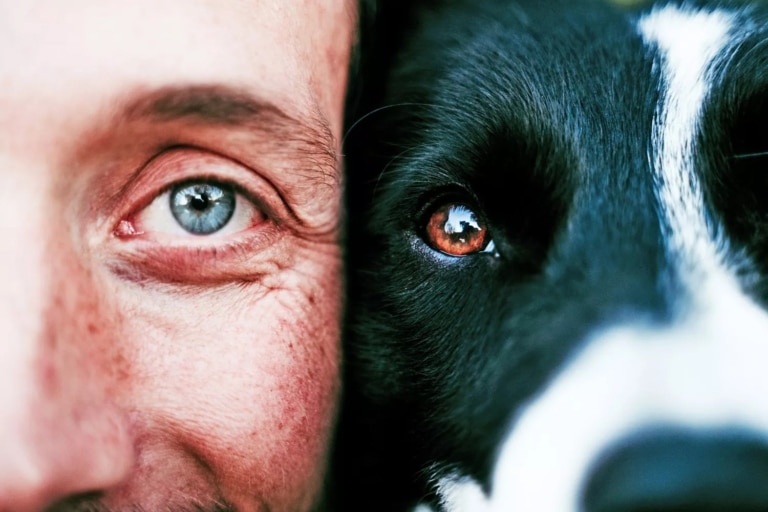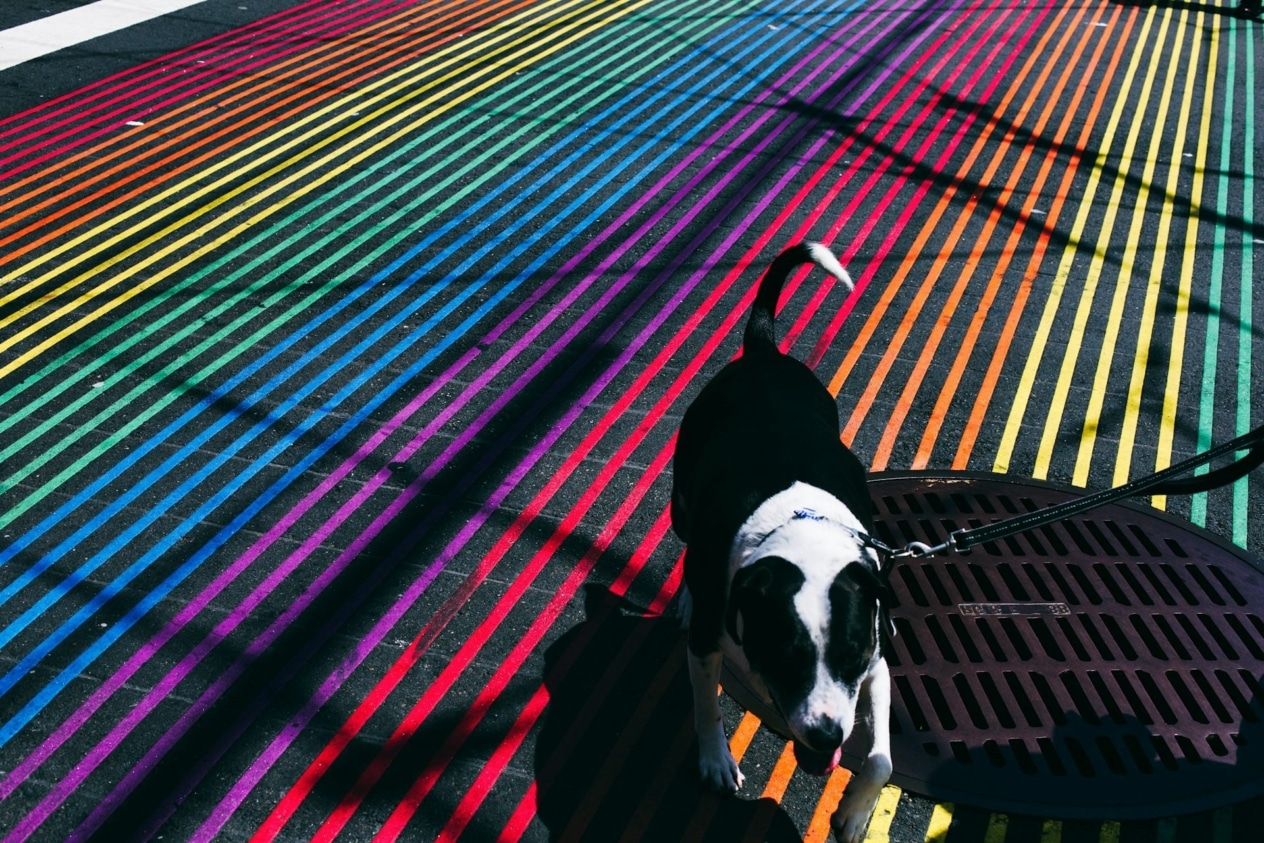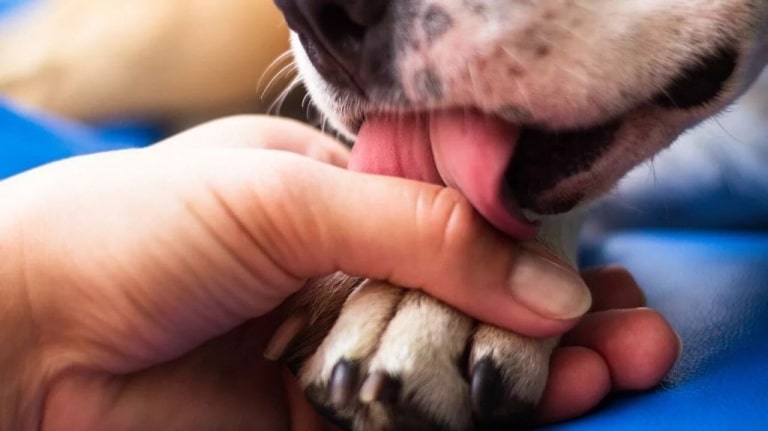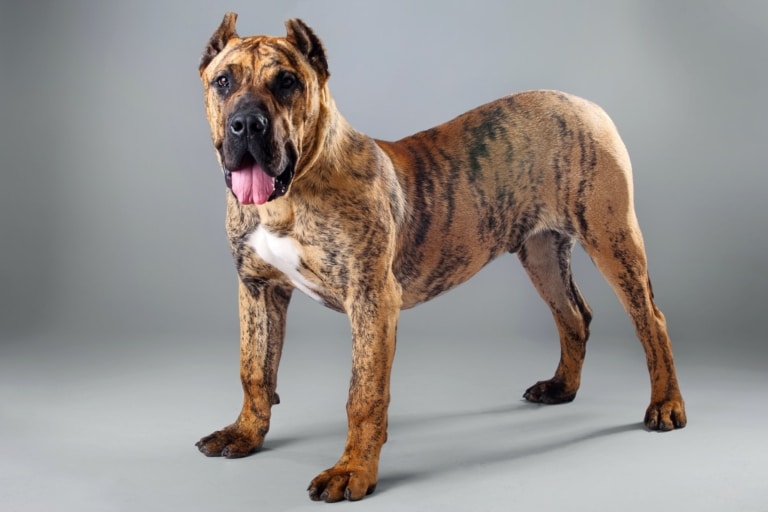- Myth or truth, how do dogs see?
- Eye structure and visual features of dogs.
- How does dog vision differ from human vision?
- Conclusion.
Myth or truth?
Every day the nature of our wonderful planet gives us the opportunity to contemplate the picturesque world that surrounds us. We see everything around us in color and it always brings pleasure. And what about animals? Of course, animals perceive colors a little differently than we do. Since the twentieth century people used to believe that our best friends of the animal world – dogs, can see reality as an old black and white movie. It must be frustrating for any owner to have this perception, as we realize how much our canine companions lose if they don’t see the colors that we do. But do our Four-legged friends really only perceive their surroundings in black and white colors?
Earlier, when science was not developed to the level of today, scientists, poorly knowing the structure of the dog’s eye, concluded that these animals can distinguish only black and white shades. Modern observations have proved that such a theory is not true, and dogs can distinguish colors, although their spectrum is smaller than ours. Further in the article we will talk about fresh discoveries of visual abilities of dogs, about the structure of the eye and how their visual apparatus works, learn why the eyes of animals glow in the dark, why it is better not to run away from an aggressive dog and many other interesting facts.
Eye structure and visual features of dogs
The main elements that make up the eye of a dog:
– Cornea (has a protective function and also transmits and refracts light, for image clarity);
– the sclera (provides support and protection by surrounding the iris);
– iris (responsible for the size of the pupil, regulating the amount of light reaching the retina);
– pupil (protects the retina from excessive light, shrinking in bright light and dilating in darkness to transmit more light to the retina);
– retina (responsible for recognizing colors, movements, and shapes);
– the vasculature (supplies oxygen and nutrients to the eye);
– the posterior chamber (moisturizes tissues of the eye that lack blood supply, such as the cornea or lens);
– optic nerve (transmits signals from the retina to the brain).
These are the basic elements of the structure of the dog’s eye. The organ that is most responsible for reproducing colors is the retina. It consists of 2 types of cells: rods and cones.
It is these cones that recognize colors. Dogs have 2 types of cones, which helps them distinguish between white, black, yellow and blue colors, as well as their shades. Taking green or purple as an example, a dog’s vision will reproduce them in gray tones. An important visual feature of dogs is the ability to see well at dusk, when bright colors, particularly yellow and blue, which they perceive best, become dim and acquire gray tones. Reflecting objects well in gray tones is an important trump card in the fight for survival in the wild.
To see clearly moving images in the dark, dogs are helped by the large number of rods in the retina. When light enters the eye, it reflects off the membrane secondary to passing through the pupil, so the object is displayed more clearly and quickly, which affects the dog’s reaction speed as well. You’ve probably noticed that animals’ eyes glow at night if they are exposed to bright light. This is the effect of this reflective layer, which doubles the clarity of a moving object. So now the secret of glowing eyes in the dark has been revealed.
How does a dog’s vision differ from a human’s? What colors do dogs see?
If we talk about the differences between human and dog vision, there is a lot to remember, because they differ significantly.
1). The first thing worth mentioning is that dogs have 2 types of cones, while humans have 3. This is the reason why dogs see a smaller spectrum of colors. And that is why scientists of the twentieth century assumed that the dog’s eye distinguishes only black and white colors, although today it is already known that they see yellow and blue. The eye of the person besides yellow and blue displays also red. Therefore, the range of shades and colors in us is wider than in dogs.
2). People with red-green color blindness see the world similarly to dogs. They do not distinguish between green, red and orange colors. They perceive these hues in a spectrum of dark yellow, yellowish-brown or gray, tones. For example, imagine you are contemplating a purple-orange sunset. A dog or a person with red-green color blindness would see it in dull yellow or brown hues.
3). The number of rods in the retina that detect motion and light levels is significantly larger in dogs than in us. Therefore, in the dark, their vision wins by a wide margin. This helps them to quickly detect and react to a moving object. This ability also affects a dog’s reaction speed, as an object that is not moving does not signal to the brain and does not stimulate the animal to action, but if the eye captures the dynamics, it provokes the dog to react instantly. Many times you have heard the rule not to run away from a dog that is aggressive. Such advice is not unfounded, because most likely your sudden movements will provoke him to attack.
4). Strange as it may seem, dogs see stationary objects worse than humans, the level of visual acuity is lower than ours by about 5 times. This is due to the structure of their retina and natural needs. Therefore, if you don’t move, you stand a good chance of going unnoticed.
5). Dogs have a wider field of vision than humans. Our Tails’ eyes are positioned in such a way that their field of vision resembles a horizontally elongated oval, while humans have a circle. Therefore, their side vision is better than ours, especially in hunting breeds. If we compare in degrees, the width of human vision is 180°, while the width of a dog’s vision is 240°.
Conclusion
Nature has endowed dogs with original visual abilities that help them to exist. Animals live a more instinctive life, unlike humans, who perceive the world through the prism of beauty and aesthetics. The conception of the visual perception of the world of the dog is the most convenient for him, because it is practical, and this is the main thing for the animal world, although animals are not devoid of emotions, and some are self-conscious. Despite the fact that some visual data of dogs are inferior to ours and perhaps it does not allow them to see the colors of the earth as brightly, but such a spectrum of visual perception does not prevent these Pets to enjoy life and the world around them. Now you know exactly how a dog sees.











